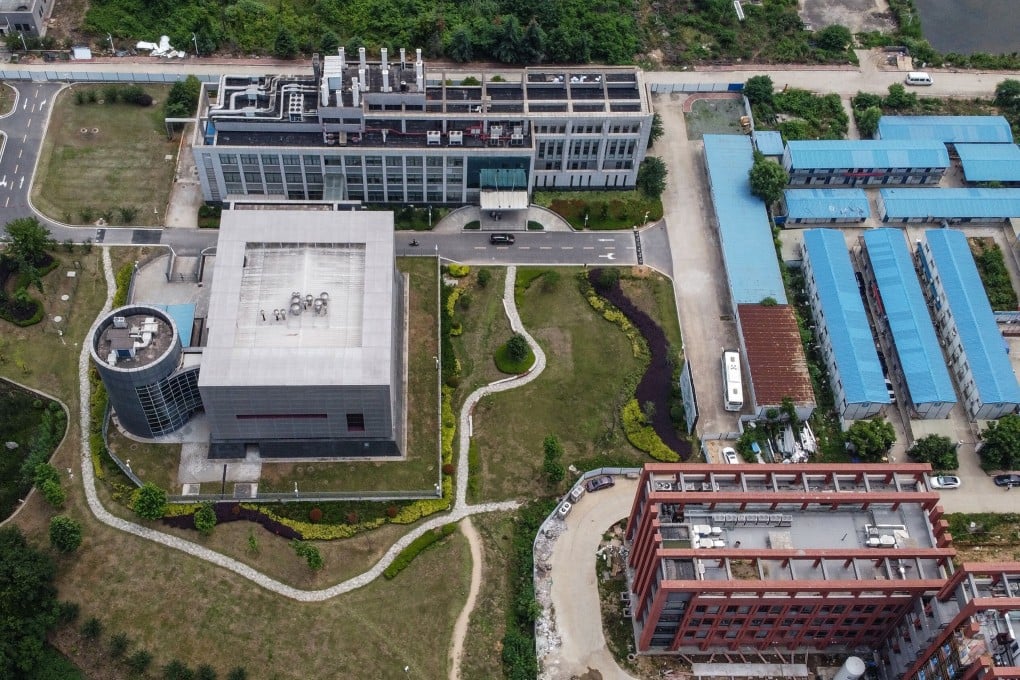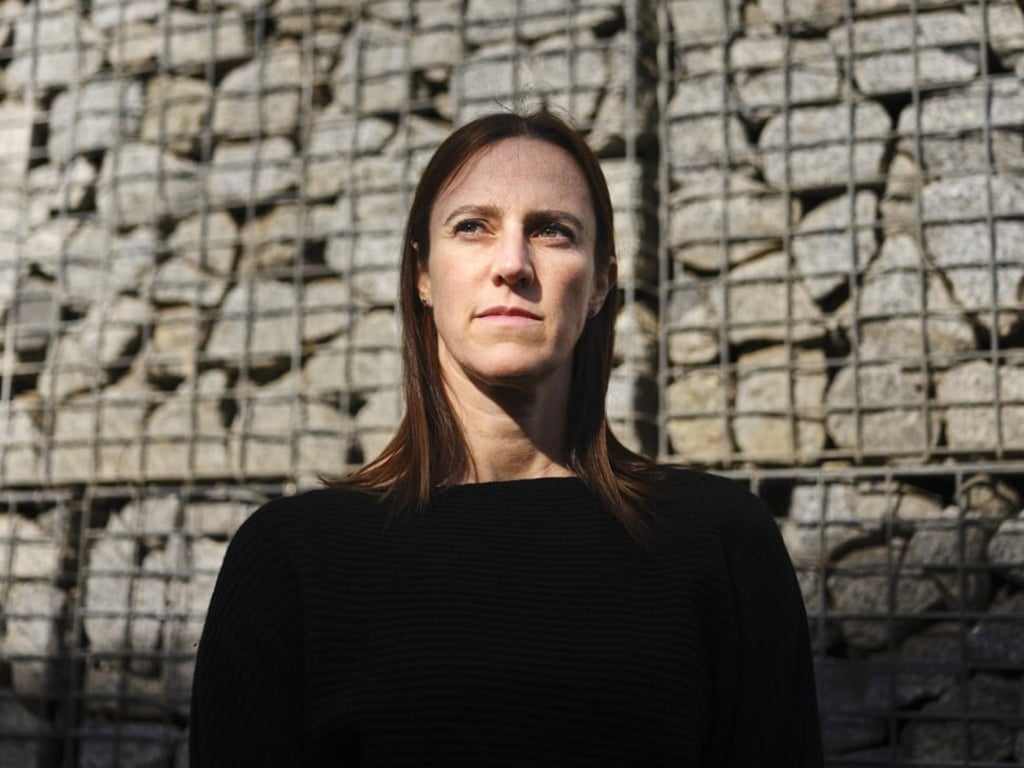Advertisement
Only foreign scientist in Wuhan lab says Covid-19 leak highly unlikely
- Australian virologist worked at institute in late 2019, saw nothing unusual
- Says full investigation needed to nail down coronavirus origins once and for all
Reading Time:4 minutes
Why you can trust SCMP
67

Danielle Anderson was working in what has become the world’s most notorious laboratory just weeks before the first known cases of Covid-19 emerged in China. Now the Australian virologist has shared her story for the first time.
An expert in bat-borne viruses, Anderson is the only foreign scientist to have undertaken research at the Wuhan Institute of Virology’s BSL-4 (Biosafety Level 4) lab, the first in mainland China equipped to handle the planet’s deadliest pathogens. Her most recent stint ended in November 2019, giving Anderson an insider’s perspective on a place that has become a flashpoint in the search for what caused the worst pandemic in a century.
The emergence of the coronavirus in the same city where scientists, clad head-to-toe in protective gear, study that exact family of viruses has stoked speculation that it might have leaked from the lab, possibly via an infected employee or a contaminated object. China’s lack of transparency has fuelled those suspicions, turning the quest to uncover the origins of the virus, critical for preventing future pandemics, into a geopolitical minefield.
Advertisement
The work of the lab and the director of its emerging infectious diseases section – Shi Zhengli, a long-time colleague of Anderson’s dubbed “bat woman” for her work hunting viruses in caves – is now shrouded in controversy. The US has questioned the lab’s safety and has alleged its scientists were engaged in contentious “gain of function” research, where they study how viruses can be modified to become deadlier or more transmissible.
Advertisement
But in an interview with Bloomberg News Anderson said half-truths and distorted information have obscured what the lab was doing. “It was a regular lab that worked in the same way as any other high-containment lab,” she said. “What people are saying is just not how it is.”
Advertisement
Select Voice
Choose your listening speed
Get through articles 2x faster
1.25x
250 WPM
Slow
Average
Fast
1.25x
